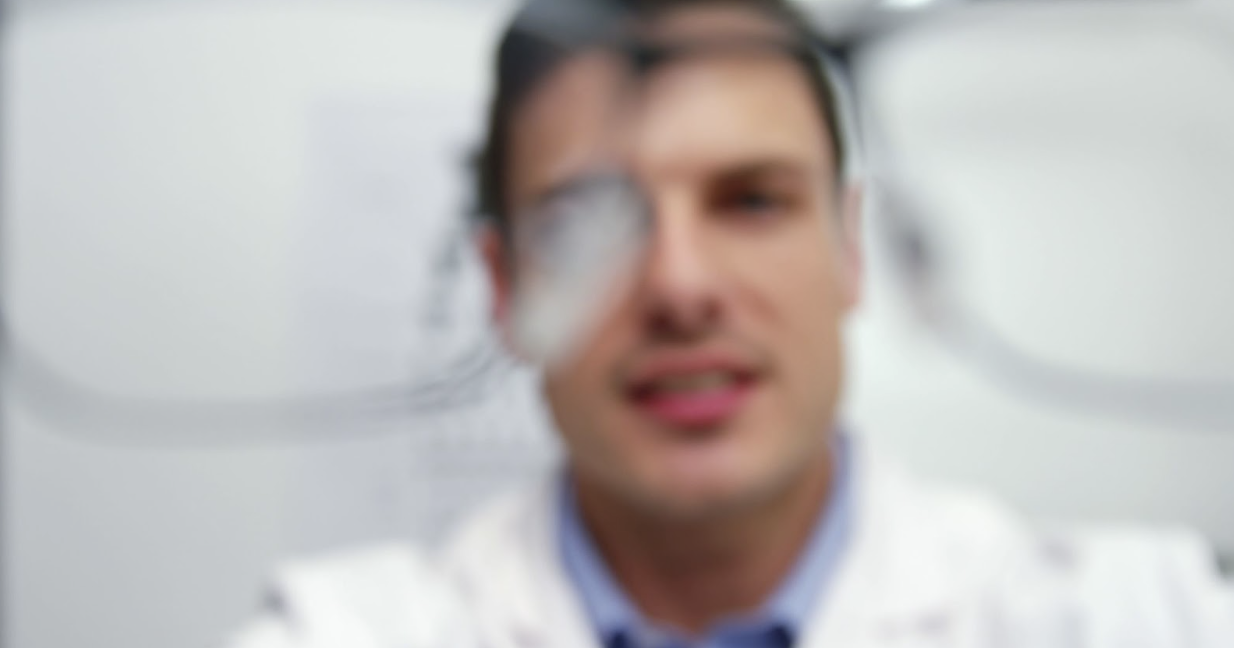Finding the Perfect View: What are the optimal FOV and Resolution for Visual Impairments
Finding the Perfect View: What are the optimal FOV and Resolution for Visual Impairments

Field of View (FOV) and Resolution: Key Parameters
For individuals with visual impairments, the optimal FOV and resolution are essential for enhancing their visual experience. FOV refers to the extent of the observable environment at any given moment, usually measured in degrees. A broader FOV allows users to see more of their surroundings without moving their heads, which is particularly important for mobility. Resolution, measured in pixels, denotes the clarity of the image, providing necessary details for recognizing objects and reading text.
Suitable Range of FOV and Resolution for People with Visual Impairments
Research indicates that a FOV of 30 to 60 degrees is optimal for visually impaired individuals. This range balances sufficient peripheral information for spatial awareness and enough detail for recognizing objects and reading tasks. Regarding resolution, a minimum of 720p (1280×720 pixels) is recommended to ensure clarity and detail. Higher resolutions such as 1080p (1920×1080 pixels) are even more beneficial, particularly for distinguishing fine details in text and images.
Common Ranges in Today’s Technology
In current assistive technologies, the FOV generally ranges from 30 to 70 degrees. Devices with a lower FOV around 30 degrees offer more detailed focus, suitable for a narrow range of activities like spot reading , but limit peripheral awareness or anything outside of the narrow field of view. It is very commonly used in some portable electronic magnifiers.
Higher FOVs, up 70 degrees, provide a wider view of the surroundings, but can spread the resolution, thereby reducing image detail. When it comes to wearable technology for visual impairments, the real measure of quality is the pixels per degree, called apparent resolution. It’s essential to strike a balance because having a vast FOV with low resolution can result in a blurry image, reducing the effectiveness of the device. Conversely, a narrow FOV with a high pixel count might feel like looking through a toilet roll tube, limiting the user’s peripheral vision and situational awareness.

Eyedaptic’s Approach to FOV and Resolution
Eyedaptic’s latest product stands out by offering an optimal balance between FOV and resolution, significantly benefiting users with visual impairments. The device features a FOV of approximately 45 degrees, aligning with the optimal range identified by research. This sweet spot provides sufficient situational awareness while maintaining image detail, enhancing mobility and environmental interaction without overwhelming the user.
In terms of resolution, Eyedaptic’s product boasts a high-definition display with 1080p resolution (over two million pixels per eye), ensuring sharp and clear visuals. The sophisticated optical system optimizes both apparent resolution and FOV by leveraging OLED technology and birdbath optics, achieving high apparent resolution. This allows users to perceive fine details with exceptional clarity and sharpness.
